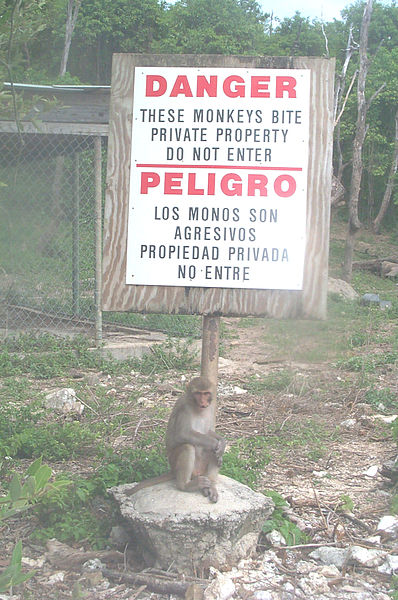On a group of beautiful deserted islands in the middle of nowhere, the following people are suddenly stranded by, as you might expect, a shipwreck:
2 Italian men and 1 Italian woman
2 French men and 1 French woman
2 German men and 1 German woman
2 Greek men and 1 Greek woman
2 English men and 1 English woman
2 Bulgarian men and 1 Bulgarian woman
2 Japanese men and 1 Japanese woman
2 Chinese men and 1 Chinese woman
2 American men and 1 American woman
2 Irish men and 1 Irish woman
One month later on these same absolutely stunning deserted islands in the middle of nowhere, the following things have occurred ,..
One Italian man killed the other Italian man for the Italian woman.
The two French men and the French woman are living happily together in a menage-a-trois.
The two German men have a strict weekly schedule of alternating visits with the German woman
The two Greek men are sleeping with each other and the Greek woman is cleaning and cooking for them.
The two English men are waiting for someone to introduce them to the English woman.
The two Bulgarian men took one long look at the endless ocean, another long look at the Bulgarian woman, and started swimming.
The two Japanese men have faxed Tokyo and are awaiting instructions.
The two Chinese men have set up a pharmacy, a liquor store, a restaurant and a laundry, and have got the woman pregnant in order to supply employees for their stores.
The two American men are contemplating the virtues of suicide because the American woman endlessly complains about her body; the true nature of feminism; how she can do everything they can do; the necessity of fulfillment; the equal division of household chores; how sand and palm trees make her arse look fat; how her last boyfriend respected her opinion and treated her nicer than they do; how her relationship with her mother is improving and how at least the taxes are low and it isn’t raining.
The two Irish men have divided the island into North and South and setup a distillery. They don’t remember if sex is in the picture because it gets sort of foggy after the first few liters of coconut whisky. But they’re satisfied because at least the English aren’t having any fun.
